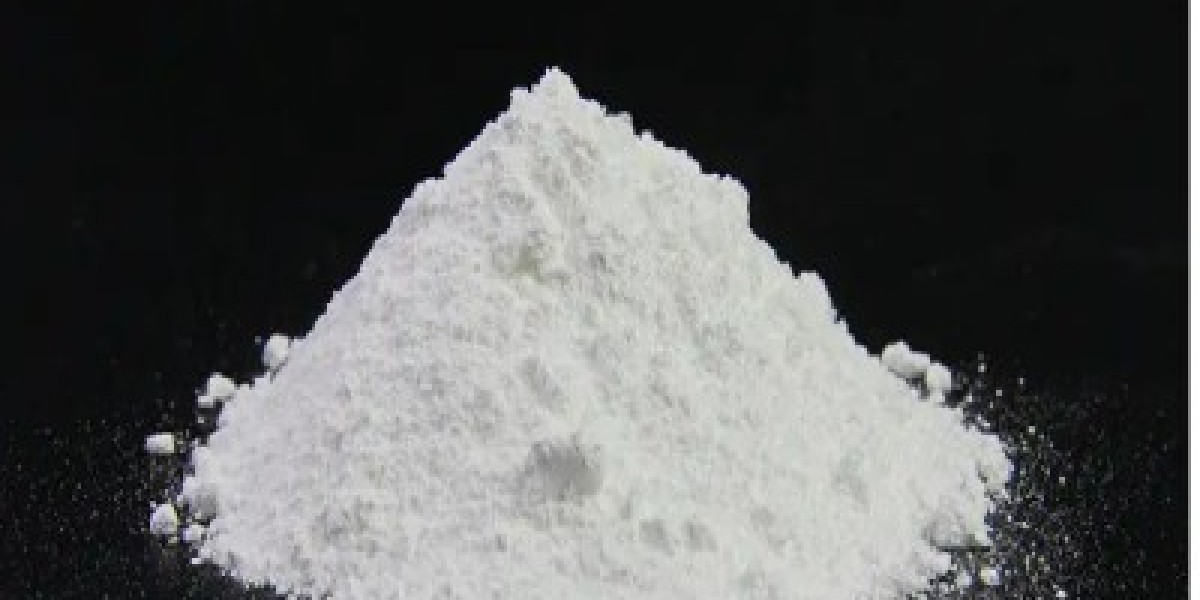1. What is a Chemical Reaction?
A chemical reaction is a process where substances (reactants) are transformed into new substances (products) through the breaking and forming of chemical bonds. During this process, energy is usually released or absorbed. Chemical reactions are essential in various fields, including biology, industry, and the environment.
Importance:
- Biology: All physiological processes in living organisms depend on chemical reactions, such as cellular respiration and photosynthesis.
- Environment: Climate change, pollution degradation, and natural cycles are driven by chemical reactions.
- Industry: Chemical reactions are crucial in the production of fertilizers, fuels, and medicines.
2. Types of Chemical Reactions
2.1 Synthesis (Combination) Reactions
In a synthesis reaction, two or more reactants combine to form a new compound. For example:
\[ A + B ightarrow AB \]
Example: Hydrogen and oxygen react to form water:
\[ 2H_2 + O_2 ightarrow 2H_2O \]
2.2 Decomposition Reactions
In decomposition reactions, a compound breaks down into simpler substances. For example:
\[ AB ightarrow A + B \]
Example: Electrolysis of water produces hydrogen and oxygen:
\[ 2H_2O ightarrow 2H_2 + O_2 \]
2.3 Single Displacement (Replacement) Reactions
In a single displacement reaction, one element replaces another element in a compound. For example:
\[ A + BC ightarrow AC + B \]
Example: Zinc reacts with sulfuric acid to produce zinc sulfate and hydrogen gas:
\[ Zn + H_2SO_4 ightarrow ZnSO_4 + H_2 \]
2.4 Double Displacement (Metathesis) Reactions
In a double displacement reaction, two compounds exchange their ions. For example:
\[ AB + CD ightarrow AD + CB \]
Example: Sodium chloride reacts with silver nitrate to produce silver chloride and sodium nitrate:
\[ NaCl + AgNO_3 ightarrow AgCl + NaNO_3 \]
2.5 Combustion Reactions
Combustion reactions occur when a substance reacts with oxygen, typically releasing energy in the form of heat and light. For example:
\[ CH_4 + 2O_2 ightarrow CO_2 + 2H_2O \]
Example: The combustion of methane produces carbon dioxide and water.
2.6 Redox (Oxidation-Reduction) Reactions
Redox reactions involve the transfer of electrons; one substance is oxidized (loses electrons), and another is reduced (gains electrons). These reactions are important in energy transfer and metal corrosion.
Example: Iron rusting (oxidation):
\[ 4Fe + 3O_2 + 6H_2O ightarrow 4Fe(OH)_3 \]
2.7 Acid-Base Reactions
Acid-base reactions involve the transfer of protons (H⁺ ions) between acids and bases. For example:
\[ HCl + NaOH ightarrow NaCl + H_2O \]
Example: Hydrochloric acid reacts with sodium hydroxide to form sodium chloride and water.
3. How Chemical Reactions Work
Chemical reactions often involve the breaking and forming of chemical bonds. Initially, the reactants must overcome an energy barrier known as activation energy, which is the minimum energy needed to start the reaction. Once the activation energy is surpassed, the reaction can proceed, and new bonds are formed to create the products.
Energy Changes:
- Exothermic Reactions: These reactions release energy, typically in the form of heat. For example, combustion reactions are exothermic.
- Endothermic Reactions: These reactions absorb energy, usually as heat. For example, the evaporation of water is an endothermic process.
Role of Catalysts:
Catalysts are substances that speed up chemical reactions without being consumed in the process. They lower the activation energy, allowing the reaction to occur more easily.
4. Factors Affecting the Rate of Chemical Reactions
- Temperature: Higher temperatures increase the rate of reaction by raising the energy of the molecules, making collisions more frequent and energetic.
- Concentration: A higher concentration of reactants generally increases the reaction rate because there are more molecules or ions to collide.
- Surface Area: The greater the surface area of a solid reactant, the faster the reaction, as more particles are exposed to react.
- Presence of Catalysts: Catalysts speed up reactions by lowering the activation energy.
- Nature of Reactants: Different substances react at different rates depending on their properties. Some react quickly, while others require more time.
5. Applications of Chemical Reactions
5.1 Industrial Applications
- Fertilizer Production: The reaction between nitrogen and hydrogen (Haber process) to produce ammonia is key in fertilizer manufacturing.
- Petroleum Refining: Cracking and reforming reactions are essential in transforming crude oil into useful products like gasoline.
- Pharmaceutical Manufacturing: Many drugs are synthesized through chemical reactions, such as the production of aspirin.
5.2 Biological Applications
- Photosynthesis: Plants use the chemical reaction between carbon dioxide and water to produce glucose and oxygen:
\[ 6CO_2 + 6H_2O ightarrow C_6H_{12}O_6 + 6O_2 \]
- Respiration: Cells break down glucose to release energy in the form of ATP, a process that involves chemical reactions.
5.3 Daily Life Applications
- Cooking: Many cooking processes involve chemical reactions, such as the Maillard reaction in browning food or the transformation of dough when baking.
- Cleaning: Chemical reactions, such as the reaction of soap with water to remove grease, are essential for cleaning.
6. Balancing Chemical Reactions and Stoichiometry
6.1 Chemical Equilibrium
In some reactions, the reactants and products reach a state of equilibrium, where their concentrations remain constant. The forward and reverse reactions occur at the same rate.
6.2 Equilibrium Constant
For a reversible reaction, the equilibrium constant (K) expresses the ratio of the concentrations of products to reactants. It helps predict the direction and extent of the reaction.
6.3 Balancing Chemical Equations
Balancing chemical equations is crucial to ensure the law of conservation of mass is obeyed. Each element’s atoms must be equal on both sides of the equation.
7. Conclusion
Chemical reactions are integral to nearly every process in the natural world and human industry. From the combustion of fuels to the processes occurring within our cells, chemical reactions govern much of what happens in our daily lives. By understanding the types, mechanisms, and applications of chemical reactions, we can better appreciate their role in both the natural environment and technological advancements.



